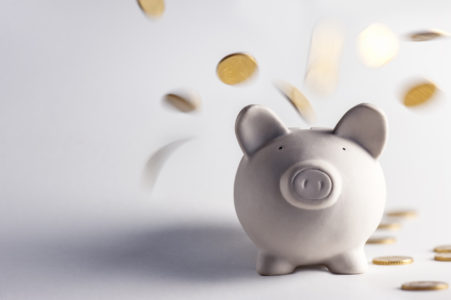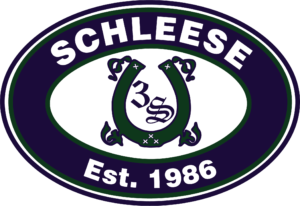Saddle Fit and Saving Money with Schleese
I cannot believe how quickly the summer is passing us by. It seems the older I get, the faster time goes. Does anyone else notice this?
It’s almost time for back to school and if you are parents like me, it’s a stressful time with budgeting and buying stuff for the kids going back. My girls are now out of that age and (more or less!) on their own, but given that our oldest has just gotten engaged and both an engagement party and a wedding are looming in the next year, we are back to budgeting with a vengeance.
But I digress somewhat… given that your saddle is probably going to be the 2nd most expensive purchase you will make when riding (after your horse – and sometimes it will even be more than your horse!), the price of the saddle is always of concern. We often come to saddle fitting clinics and hear things like “my budget is $1000” or “I’m only looking for a good used saddle”. These are both very valid statements; the reason someone has made an appointment in the first place is often just to learn and to see whether or not their saddle fits or can be made to fit their horse.
I often get this reaction when I am in a barn doing saddle fit sessions for our clients and someone comes by to watch: “I’d love to buy a Schleese saddle, but they’re just too expensive.” We like to think that there is value in buying something that you can keep over the course of your horse’s life and development (as a matter of fact, we like to think that this is actually very environmentally responsible as well – don’t throw your saddle out; adjust it and keep it working for you!).
When we first came over from Germany back in 1986 we found that saddles were very much treated like commodities – they were purchased (and either they fit, or they ‘sort of fit’, or they were ‘made to fit’ with umpteen pads…), used, and then disposed of when there were no other options. There wasn’t really anyone who a) could really fit the saddles; b) could actually properly repair broken trees or c) came out to the barn and measured both horse and rider to ensure optimal fit from the get go. I like to think that much of what has changed in the way saddles are now sold (going to the barn and actually measuring the horse etc.) is due in part to the way I was trained in Germany and brought over here to the industry.
 So my very smart wife came up with this relatively simplified calculation (she’s the MBA, so I have to take her word for it , but it does make sense and is a logical argument that investing in a saddle that should last you a mini-lifetime is the right decision to make – especially for the good of your horse!) She says it’s called a ‘net present value’ calculation, and in its most basic form looks like this:
So my very smart wife came up with this relatively simplified calculation (she’s the MBA, so I have to take her word for it , but it does make sense and is a logical argument that investing in a saddle that should last you a mini-lifetime is the right decision to make – especially for the good of your horse!) She says it’s called a ‘net present value’ calculation, and in its most basic form looks like this:
The premise is that you actually can save money riding in an adjustable non-disposable saddle!
A fully adjustable saddle can be re-fitted to your horse over the course of its life! Fully adjustable means not only being able to change the flocking, but actually adjust the gullet plate (at the tree points) in both width and angle to accommodate the horse’s changing conformation over its life. A truly adjustable saddle will save you thousands of dollars and aggravation over the years! Look at the savings:
Average price of fairly high-end non-adjustable English saddle that can be re-flocked but not adjusted at the tree (except perhaps in the angle, not the width of the gullet plate): $2500
Over 20 years of riding, statistics indicate that you will buy: minimum 5 saddles @ $2500 = $12,500 (one every four years or so)
Maintenance/reflocking once a year: (average $250) for 20 years = $5,000
Therefore $12,500 + $5,000 = $17,500
OR
One fully adjustable saddle can be re-fitted over and over to accommodate changes in the developing horse OR re-fitted to a new horse if necessary:
Mid-range/high-end saddle (average price) $5,000
Re-fit /complete adjustments once a year for 20 yrs. @ $340= $6,800
Therefore $5,000 + $6,800 = $11,800 – Saving you up to $5700 over 20 years.
If these savings are invested (at – say – 5% for 20 years) you could reap a total return of around $15,123 using net present value calculation we can calculate this as the amount you will receive if you had invested the savings over 20 years of riding!
Granted, these are pretty general statements and make some pretty broad assumptions that will of course vary from instance to instance, but I think you get the idea. If you think of your saddle as an investment (especially in the good health of your horse – not to mention the money you would actually save on vet bills etc. as well!) doesn’t it make sense?
